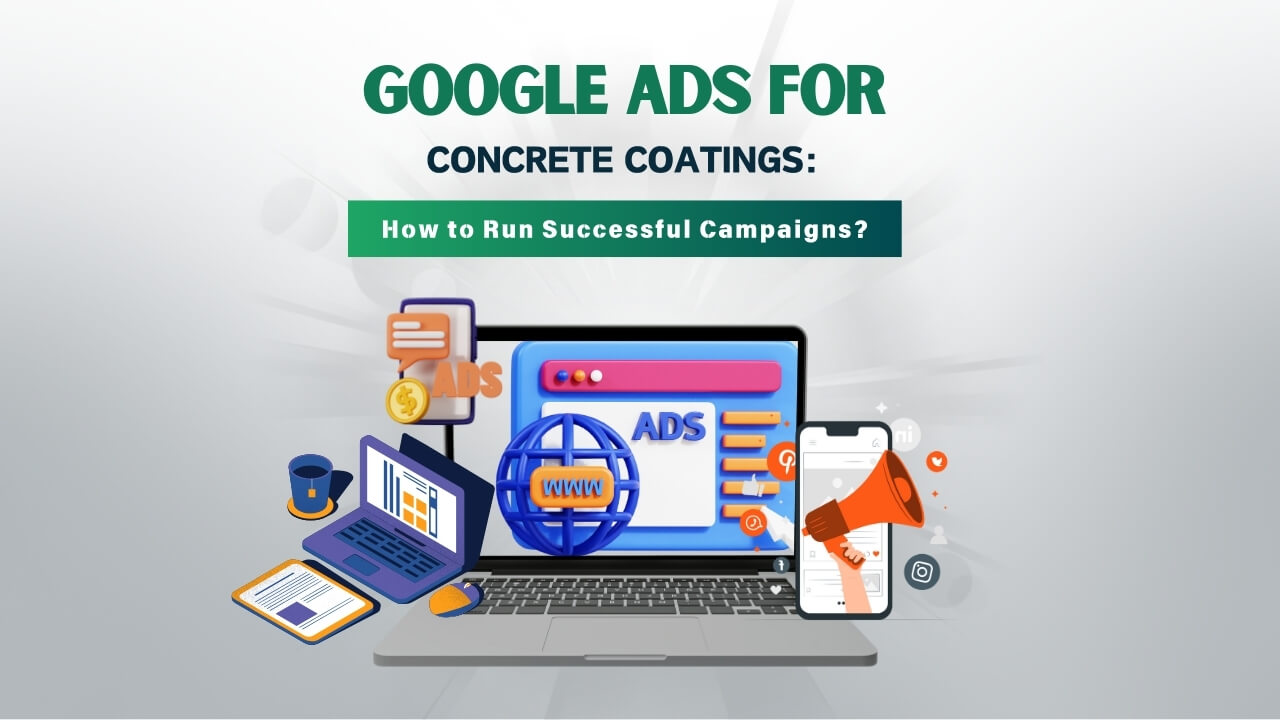Well, are you ready to take your Google Ads campaigns to the next level? Crafting up a successful campaign involves more than just setting up ads and bidding on the keywords. To effectively maximize your results and to get most out of your advertising budget, you need to regularly optimize your ad campaigns.
Well as a Digital marketer Sujit Shukla Knows that you will be having a question, like from where do you start? Don’t worry; we have got you covered with this comprehensive detailed guide about the Google Ads optimization checklist.
Do effectively follow these steps to ensure that your campaign is successful.
1. Keyword Research and Selection
The foundation of any successful Google Ads campaign is solid keyword research. First of all, do start with identifying the relevant keywords that are closely related to your products or services. Do utilize some of the effective tools like Google Keyword Planner, SEMrush, or Ahrefs to discover some of the new keyword opportunities. Look for the relevant keywords and that too with high search volume, low competition, and relevance to your target audience.
2. Ad Copy Optimization
Do craft a compelling ad copy that mainly entices the users to click on your ads. Effectively highlight some of your unique selling propositions (USPs) and don’t forget to include a clear call-to-action (CTA) to effectively encourage the user to take the desired action. Test the different ad variations to see which one does resonate best with your audience and drives the most click-through and conversion rates.
3. Landing Page Experience
Ensure that your landing page is effectively optimized for the conversion. Your landing pages must be relevant to the ad content and must provide a seamless user experience. Do effectively Optimize your landing pages for the speed, mobile-friendliness, and clear navigation. Use the persuasive ad copy and some of the compelling visuals to engage the visitors and to encourage them to complete the desired action, whether it is making a purchase, signing up for a newsletter, or requesting for more information.
4. Ad Extensions
Take advantage of the ad extensions to provide the users with additional information about your business. Add the extension which mainly includes the site links, callouts, location information, and many more. By utilizing the effective ad extensions, you can easily increase the visibility of your ads and can effectively provide the users with more opportunities to engage with your business.
5. Bid Management
Do regularly monitor your bids to ensure that you are getting the most value for your advertising dollars. Adjust your bid according to the performance data and also the budget constraints. Consider implementing some automotive bidding strategies, such as target CPA or target ROAS, to effectively optimize your bidding process and to get the maximum (ROI).
6. Ad Scheduling
Optimize your ad after scheduling to reach out to your target audience at the most times. Analyze your performance data to effectively identify the peak times when your ads are most likely to be converted. Adjust your ad scheduling accordingly to maximize your exposure during these high-converting periods and to minimize the wasted ad spend during the peak-off times.
7. Ad Placement
Do regularly review your ad placements to ensure that your ads appearing on the relevant websites are interacting with the relevant audience. Do exclude the irrelevant placements and do focus mainly on spending on websites that properly aligns with your brand and do offer a high quality traffic. Utilize the ad placement exclusions and the website category options to refine your ad placements and to effectively improve the overall performance of your campaign.
8. Ad Creative Testing
Continuously Keep on testing different ad creatives to effectively identify what resonates best with your targeted audience. Do keep on experimenting with different headlines, images, and also calls-to-action to effectively optimize your ad performance. A/B test your ad creatives to effectively gather the valuable insights and to refine your messaging for the maximum impact.
9. Quality Score Optimization
Improve your Quality Score by primarily focusing on the relevance, click-through rate (CTR), and also the landing page experience. Ensure that your keywords, ad copy, and landing pages are highly relevant to each other and to the user’s search intent. By effectively optimizing your Quality Score, you can improve your ad rank and can also lower your cost-per-click (CPC), which can result in overall better performance.
10. Performance Monitoring and Reporting
Do regularly keep on monitoring your campaign performance and do track some of the key metrics to gauge the effectiveness of your optimizations. Use your Google Analytics, Google Ads reports, and also some of the third-party analytics tools to effectively gather some of the valuable insights into your campaign performance. Do identify some of the key areas for improvement and adjust your strategies accordingly to continue optimizing for the campaign success.
Conclusion
Optimizing your Google Ads campaigns is essential for maximizing your advertising ROI and driving meaningful results for your business. By following this comprehensive Google Ads optimization checklist, you can ensure that your campaigns are set up for success from the start. From keyword research to performance monitoring, each step plays a crucial role in improving your campaign performance and achieving your advertising goals. So, what are you waiting for? Start optimizing your Google Ads campaigns today and watch your results soar!






